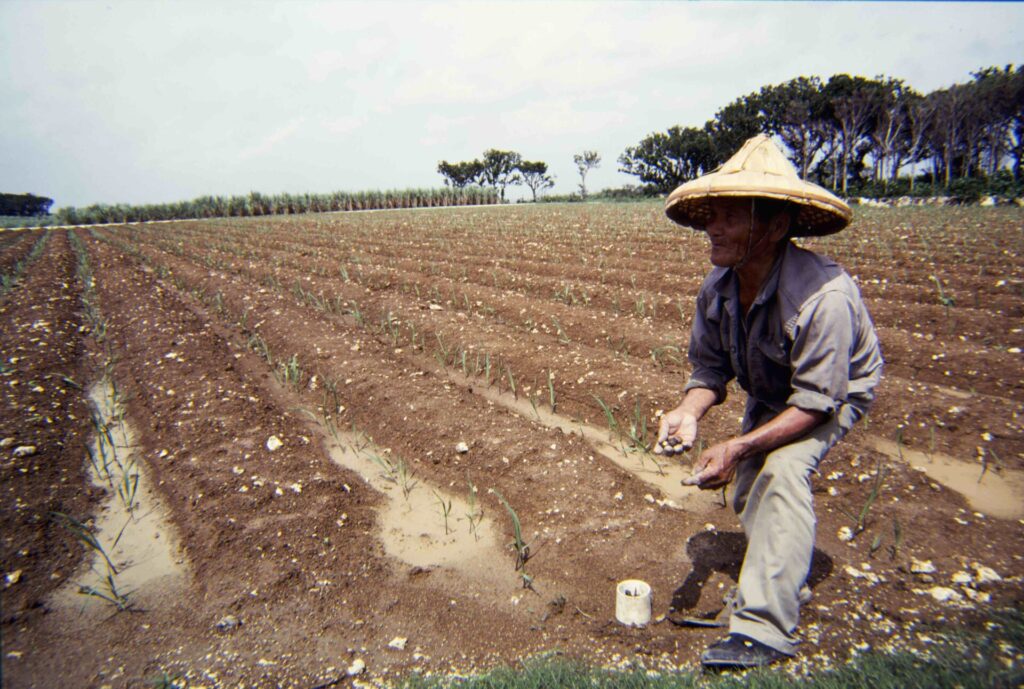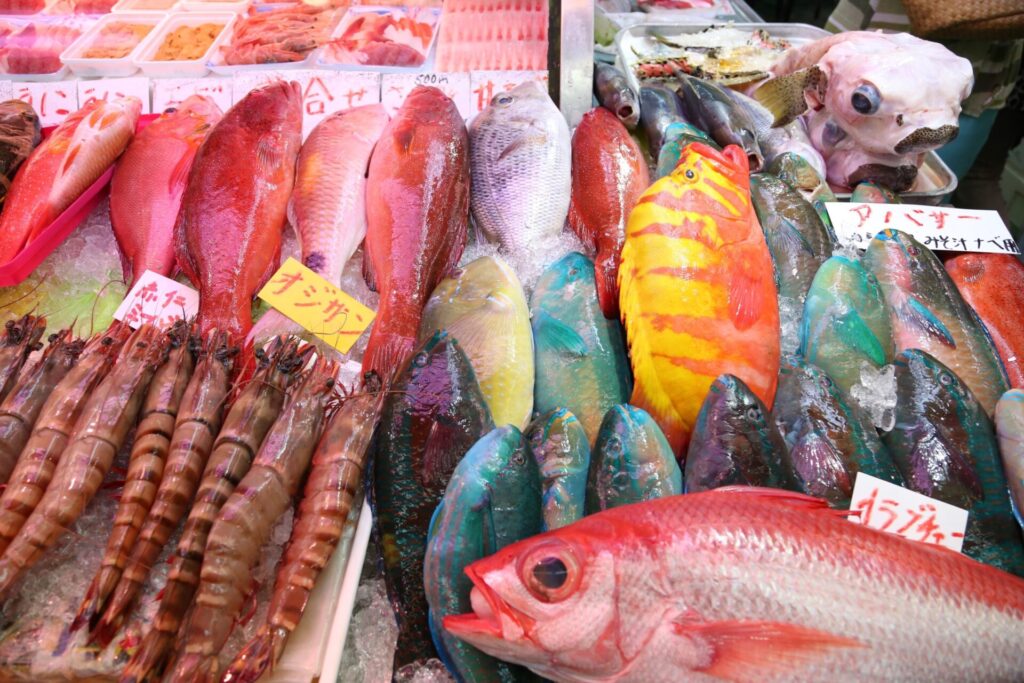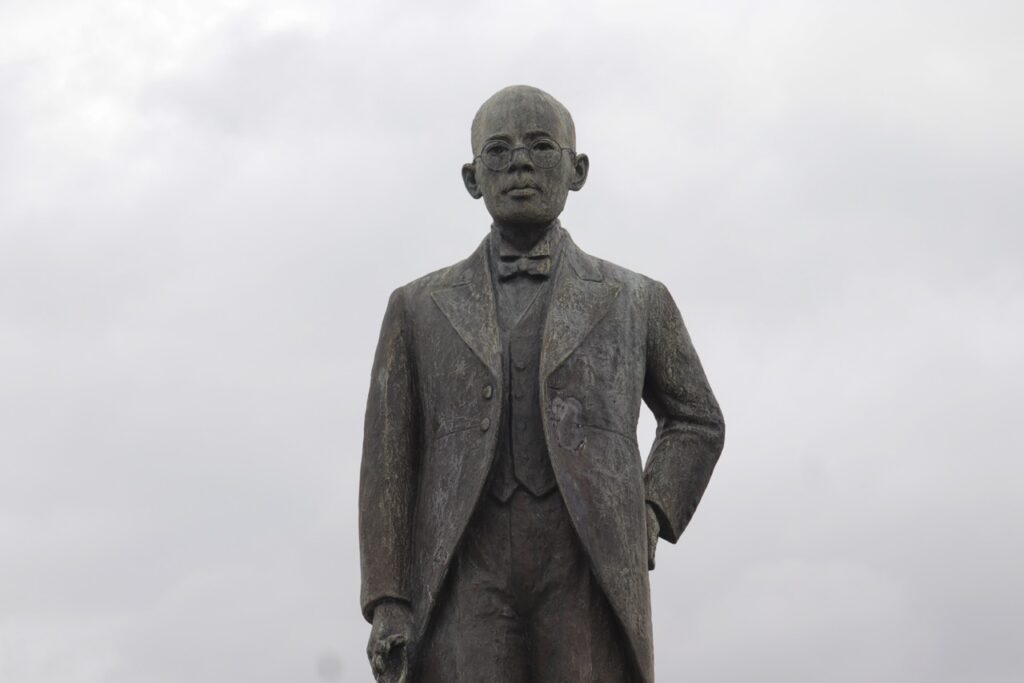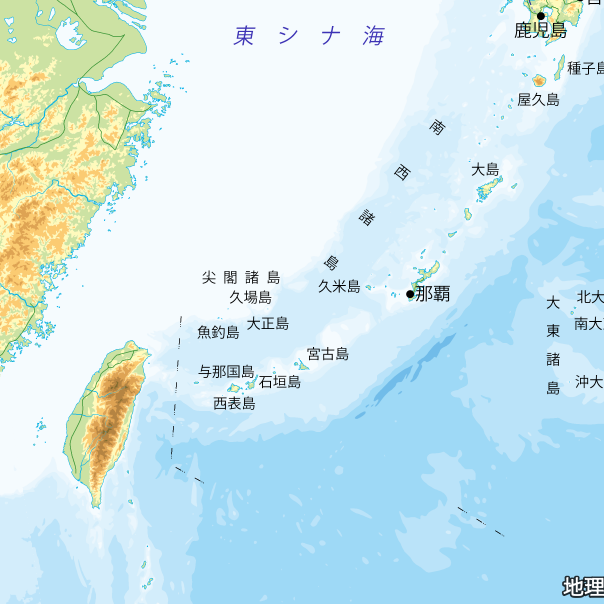Unexploded Ordinance

In the summer, I like to go to outlying islands. I have a boat from my guesthouse drop me off on a tiny uninhabited island, pop up a beach umbrella, spread a sheet over the sand, and at long last, I turn to the sea. But wait just a second. There’s something laying on the beach. It’s a metal tube about forty centimeters long, ten centimeters thick. It’s pretty rusted, but by its pointed tip, I can tell with a glance that it’s an ammunition shell. Unexploded ordinance. If I kick it or move it might explode, so I keep my distance with a fearful eye, and only swim far away from it. When I get back to the guesthouse that night, I let them know. “The next time the Self-Defense Force stops by, we’ll have them take care of it.” I can tell by the breezy way the innkeeper answers that this sort of thing is not at all unusual.
Sometimes, the Naha City Council distributes flyers about where to evacuate if unexploded ordinance needs to be removed. The flyers will say,” An American-made 50-kilo bomb was found, and it will be disposed of this coming Sunday morning. People within a 500 meter radius should evacuate to nearby schools and community centers.” This too is not at all unusual in Okinawa.
In fact, every year more than 30,000 pieces of unexploded ordnance are found here. We still have so much, in spite of it being more than fifty years since the war ended. The bombs and bullets that rained down and the land mines buried under the soil of our little islands during the Battle of Okinawa total approximately 200,000 tons. Roughly 5% of that, about 10,000 tons, is believed to be unexploded ordinance. Of that only about one third has been disposed of. Another third has been broken down by the elements, so we can pretend they’re not there. The problem is the remaining 3500 tons. This means that for every square kilometer of the Okinawan Archipelago, there is about 1.5 tons of unexploded ordinance. Most of that is concentrated around old battlefields. Even if we dispose of 30,000 shells every year, by weight that’s only fifty tons. At this rate you can calculate it will take seventy years to dispose of them all. However the amount of ordinance found every year is decreasing, which means the day unexploded ordinance is no longer a threat for Okinawans will never come.
Just after the war, unexploded ordinance targeted for scrap iron sales. All of the powder had to be removed before the shells could be sold, so there were a lot of accidents. (There’s a scene of just such an accident in О̄shiro Tatsuhiro’s 1995 novel Kagayakeru arano [Shining wasteland].) Children also often made fireworks with the powder, and this too led to a lot of accidents. In 1974 in Oroku in Naha City, there was an accident where a huge landmine planted by the Japanese army exploded, and four people died, including one toddler. Thirty-four more were badly injured, and eighty-six buildings and fifty-one cars were destroyed.
There are also unexploded mines at sea around Okinawa. Most of them are five thousand meters deep at the bottom of the Ryukyu trench, but in 1965, an entire plane armed with a nuclear weapon fell off the USS Ticonderoga 109 kilometers from Kikai Island, and it remains at the bottom of the ocean still.
The 1992 film Pineapple Tours is about searching for unexploded ordnance, but there is a line in there spoken by Teruya Rinsuke, also known as Terurin1: “The truly terrifying thing is the unexploded ordinance in our hearts.” Yes. Mainland politicians should be wary of the unexploded ordnance hiding in the hearts of the Okinawan people.
Editor’s Note:
- TERUYA Rinsuke (1929~2005) Musician, Comic-chat artist.




































































































































































































































